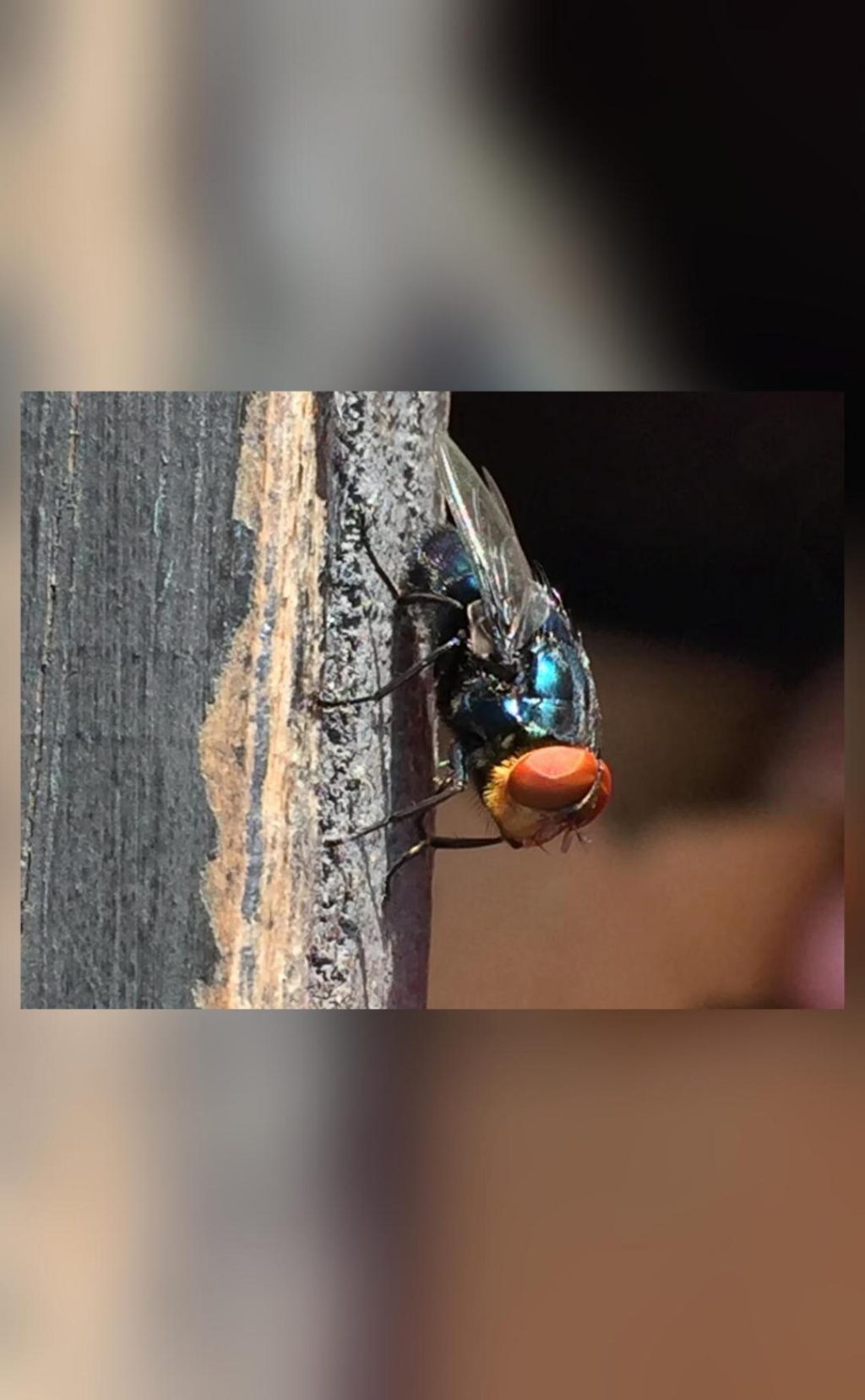
Why is US planning to breed screwworm flies & dump them from planes over Mexico?
The United States government is preparing to take a rather unconventional approach to protect its beef industry from the flesh-eating larvae of the New World screwworm fly. In a bid to eradicate the pest, officials plan to breed billions of male flies and dump them from planes over Mexico and southern Texas. But how does this approach work, and why is it necessary? In this blog post, we’ll explore the reasons behind this unusual strategy.
What is the New World screwworm fly?
The New World screwworm fly, also known as Cochliomyia hominivorax, is a type of fly that is native to Central and South America. The larvae of this fly feed on the flesh of warm-blooded animals, including cattle, horses, and humans. Infestations by screwworm flies can cause significant economic losses for farmers and ranchers, as well as harm to animal health.
Why is the US government planning to breed screwworm flies?
The US government is planning to breed screwworm flies to combat the spread of this pest. The idea is to release large numbers of male flies that have been sterilized with radiation into the wild. These sterilized males will mate with wild female flies, preventing them from laying eggs and reproducing. Over time, the population of screwworm flies will decline, and eventually, the pest will be eradicated.
How will the fly breeding program work?
The fly breeding program is a complex process that involves several steps. First, scientists will breed millions of male screwworm flies in a laboratory setting. These males will then be sterilized with radiation to prevent them from reproducing. Next, the sterilized males will be transported to Mexico and southern Texas and released from planes.
Why is the US government planning to dump sterilized flies from planes?
Releasing the sterilized flies from planes is a crucial step in the program. By dispersing the flies over a wide area, officials can ensure that they reach remote and hard-to-access areas where screwworm flies are most likely to be present. This approach also allows for a more efficient and effective deployment of the sterilized flies.
What are the benefits of this approach?
The benefits of this approach are numerous. By eradicating the screwworm fly, the US government can protect its beef industry from significant economic losses. Infestations by screwworm flies can cause significant damage to livestock, leading to reduced productivity and increased mortality. By eliminating the pest, farmers and ranchers can focus on producing high-quality beef without the threat of screwworm fly infestations.
What are the challenges faced by the fly breeding program?
Despite the benefits of this approach, the fly breeding program faces several challenges. One of the main challenges is the complexity of breeding and sterilizing the screwworm flies. Another challenge is the need to ensure that the sterilized flies are released in the correct locations and at the right times to maximize their effectiveness.
Conclusion
The US government’s plan to breed screwworm flies and dump them from planes over Mexico and southern Texas is a bold and unconventional approach to eradicating a pest that threatens the beef industry. While there are challenges associated with this approach, the potential benefits are significant. By eliminating the screwworm fly, officials can protect the beef industry and promote the health and well-being of livestock. As the fly breeding program gets underway, it will be important to monitor its progress and address any challenges that arise.
Source:






